China, 16th-18th century. Of square form, surmounted by a boldly carved handle in the form of a four-clawed dragon in a recumbent pose with its head facing back toward the articulated spine, further with bulging eyes, sharp fangs, neatly incised brows and scrolling mane, and furcated tail. The wood with characteristic grain as expected. A fabric cord, most likely dating from the same period, is attached to the pierced handle. Inscriptions: The seal face reads ‘Qianlong chenhan’, which can be translated as 'Emperor Qianlong's Literary and Artistic Work'. Provenance: From a private estate in the greater London area, United Kingdom. Condition: Good condition with old wear, the wood with natural age cracks, some with old fills, as well as small nicks and light scratches. The dragon handle with minor old repairs, some with old fills. Remnants of seal paste. The fabric cord has been cut and shows loose threads. With a golden-brown, naturally grown patina. Weight: 379.1 g Dimensions: Size 10.8 x 10.8 x 8.1 cm, Inner seal face 9.3 x 9.3 cm The fine material, the fullness of the recumbent dragon’s body, the three-dimensionality of his fierce yet elegant facial features, and the many intricately carved details overall set the present carving work clearly apart from the characteristic stiffness of later Qing Dynasty seals, for example those made during the Guangxu period (see Auction result comparison for one such seal). The relatively short height of the seal block suggests that the seal face was at least once repurposed, the carving itself probably dating from significantly before the Qianlong period. The symmetrical wear to all edges and corners, the even patina and the boldly carved seal inscription, however, indicate that this refitting has probably not happened after the end of the Qing dynasty, thus very well might have been ordered by Qianlong himself, perhaps during his last years as Emperor Emeritus (1796-1799). The Emperor once wrote personally about ease in which even the most prominent seals could be repurposed, not without a somewhat waggish tone between the lines (Shu Ming liedai yuce shi - On Ming dynasty jade books, 1782). The old fabric cord attached to the seal is clearly ancient and has been cut in such a manner as to suggest it was removed from its original storage place by force, possibly from a palace during one of the many turbulent events of 19th and early 20th centuries China. The slightly divergent lengths of the ends, yet with parallel intersections, indicate that the cord was stretched and then cut diagonally, probably with a melee weapon of military origin, in a hurried and forceful manner. Expert’s note: Although the seal is not recorded in the Qianlong Baoshu, there are several indicators of an Imperial connection. The style and quality of the carving rule out a 19th-century dating, suggesting an original carving date between the 16th and 18th centuries, which is further underpinned by the extensive and symmetrical wear and the even patina. The Indian sandalwood has also been used for confirmed Imperial seals (see Literature comparison), and even the repurposing of the seal could conceivably have happened under Imperial command. As such, it is impossible to give a precise dating for the present lot; nonetheless, the present seal is without a doubt of exceptional quality, and it is this author’s sincere hope that further research about its origins can be conducted one day. Literature comparison: Compare a seal of the Empress Dowager Cixi, carved from the same type of sandalwood, but of larger size, in Imperial Seals of the Ming & Qing Dynasties, The Palace Museum, Beijing, 2008, p. 286, no. 269. Auction result comparison: Compare a related but later Imperial sandalwood ‘double dragon’ seal, dated to the Guangxu period and of smaller size (7.5 cm wide), at Christie’s Hong Kong in Important Chinese Ceramics and Works of Art on 26 November 2014, lot 3431, sold for HKD 750,000. Compare a related white jade seal
China, 16th-18th century. Of square form, surmounted by a boldly carved handle in the form of a four-clawed dragon in a recumbent pose with its head facing back toward the articulated spine, further with bulging eyes, sharp fangs, neatly incised brows and scrolling mane, and furcated tail. The wood with characteristic grain as expected. A fabric cord, most likely dating from the same period, is attached to the pierced handle. Inscriptions: The seal face reads ‘Qianlong chenhan’, which can be translated as 'Emperor Qianlong's Literary and Artistic Work'. Provenance: From a private estate in the greater London area, United Kingdom. Condition: Good condition with old wear, the wood with natural age cracks, some with old fills, as well as small nicks and light scratches. The dragon handle with minor old repairs, some with old fills. Remnants of seal paste. The fabric cord has been cut and shows loose threads. With a golden-brown, naturally grown patina. Weight: 379.1 g Dimensions: Size 10.8 x 10.8 x 8.1 cm, Inner seal face 9.3 x 9.3 cm The fine material, the fullness of the recumbent dragon’s body, the three-dimensionality of his fierce yet elegant facial features, and the many intricately carved details overall set the present carving work clearly apart from the characteristic stiffness of later Qing Dynasty seals, for example those made during the Guangxu period (see Auction result comparison for one such seal). The relatively short height of the seal block suggests that the seal face was at least once repurposed, the carving itself probably dating from significantly before the Qianlong period. The symmetrical wear to all edges and corners, the even patina and the boldly carved seal inscription, however, indicate that this refitting has probably not happened after the end of the Qing dynasty, thus very well might have been ordered by Qianlong himself, perhaps during his last years as Emperor Emeritus (1796-1799). The Emperor once wrote personally about ease in which even the most prominent seals could be repurposed, not without a somewhat waggish tone between the lines (Shu Ming liedai yuce shi - On Ming dynasty jade books, 1782). The old fabric cord attached to the seal is clearly ancient and has been cut in such a manner as to suggest it was removed from its original storage place by force, possibly from a palace during one of the many turbulent events of 19th and early 20th centuries China. The slightly divergent lengths of the ends, yet with parallel intersections, indicate that the cord was stretched and then cut diagonally, probably with a melee weapon of military origin, in a hurried and forceful manner. Expert’s note: Although the seal is not recorded in the Qianlong Baoshu, there are several indicators of an Imperial connection. The style and quality of the carving rule out a 19th-century dating, suggesting an original carving date between the 16th and 18th centuries, which is further underpinned by the extensive and symmetrical wear and the even patina. The Indian sandalwood has also been used for confirmed Imperial seals (see Literature comparison), and even the repurposing of the seal could conceivably have happened under Imperial command. As such, it is impossible to give a precise dating for the present lot; nonetheless, the present seal is without a doubt of exceptional quality, and it is this author’s sincere hope that further research about its origins can be conducted one day. Literature comparison: Compare a seal of the Empress Dowager Cixi, carved from the same type of sandalwood, but of larger size, in Imperial Seals of the Ming & Qing Dynasties, The Palace Museum, Beijing, 2008, p. 286, no. 269. Auction result comparison: Compare a related but later Imperial sandalwood ‘double dragon’ seal, dated to the Guangxu period and of smaller size (7.5 cm wide), at Christie’s Hong Kong in Important Chinese Ceramics and Works of Art on 26 November 2014, lot 3431, sold for HKD 750,000. Compare a related white jade seal
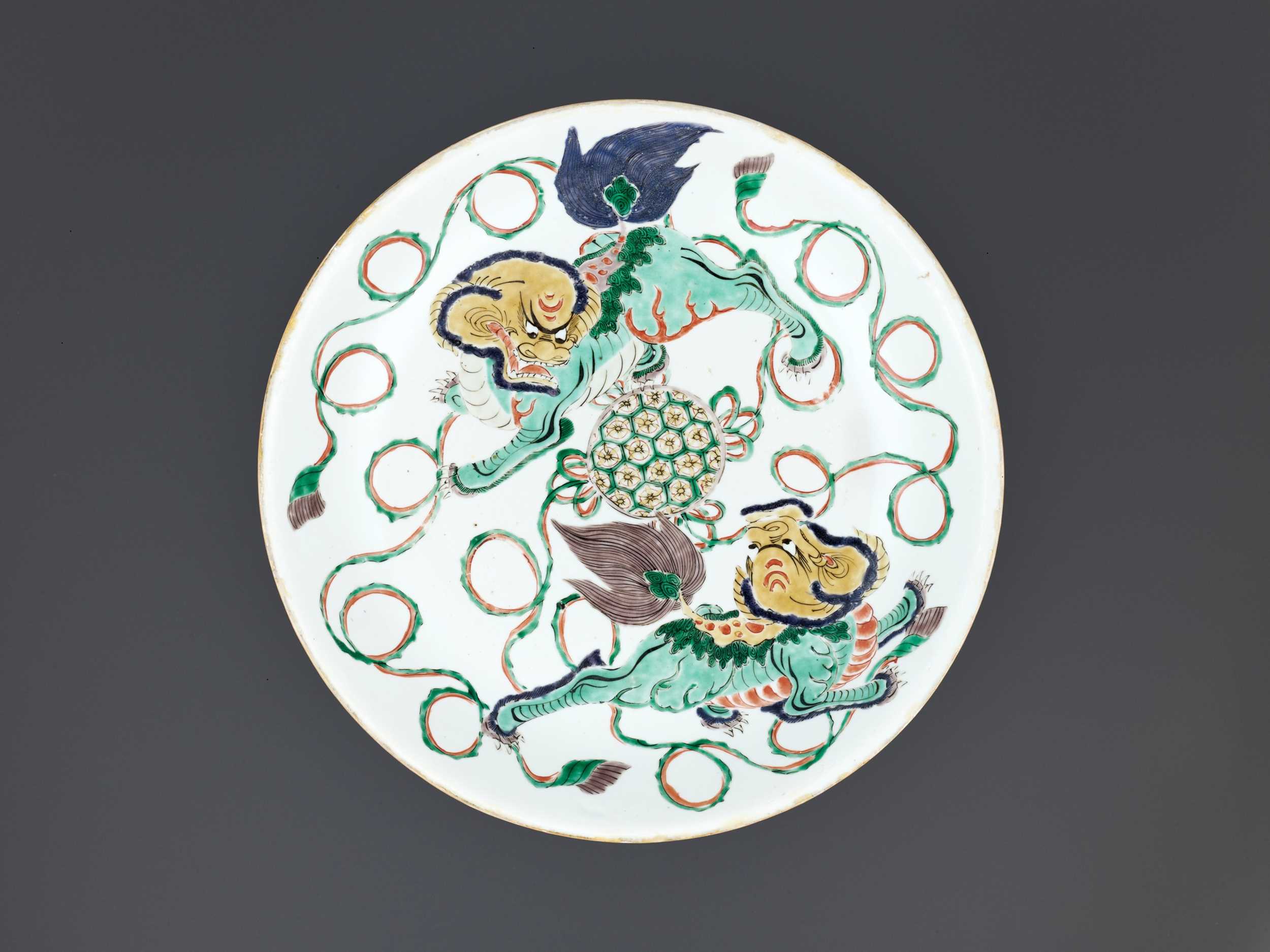
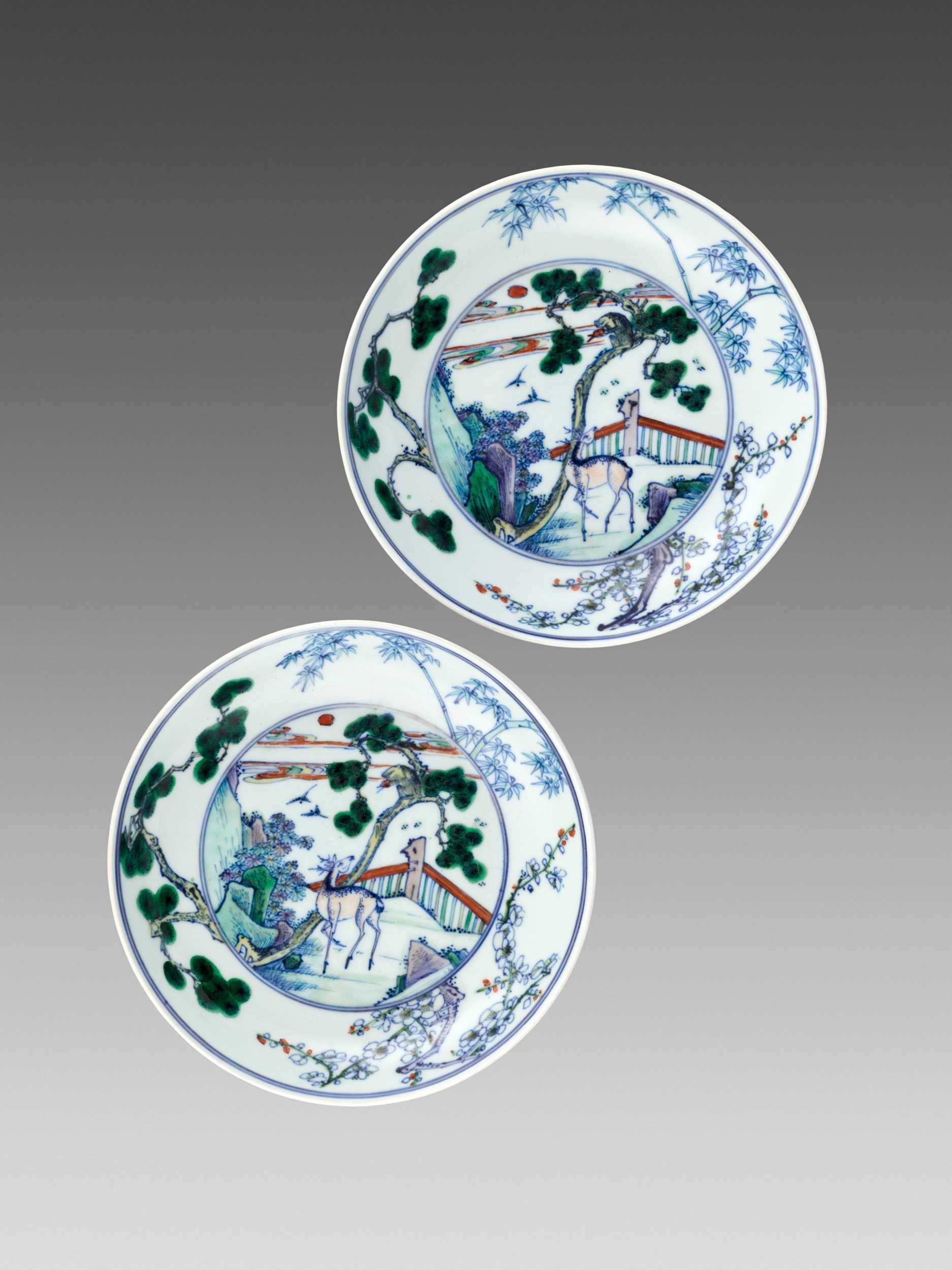
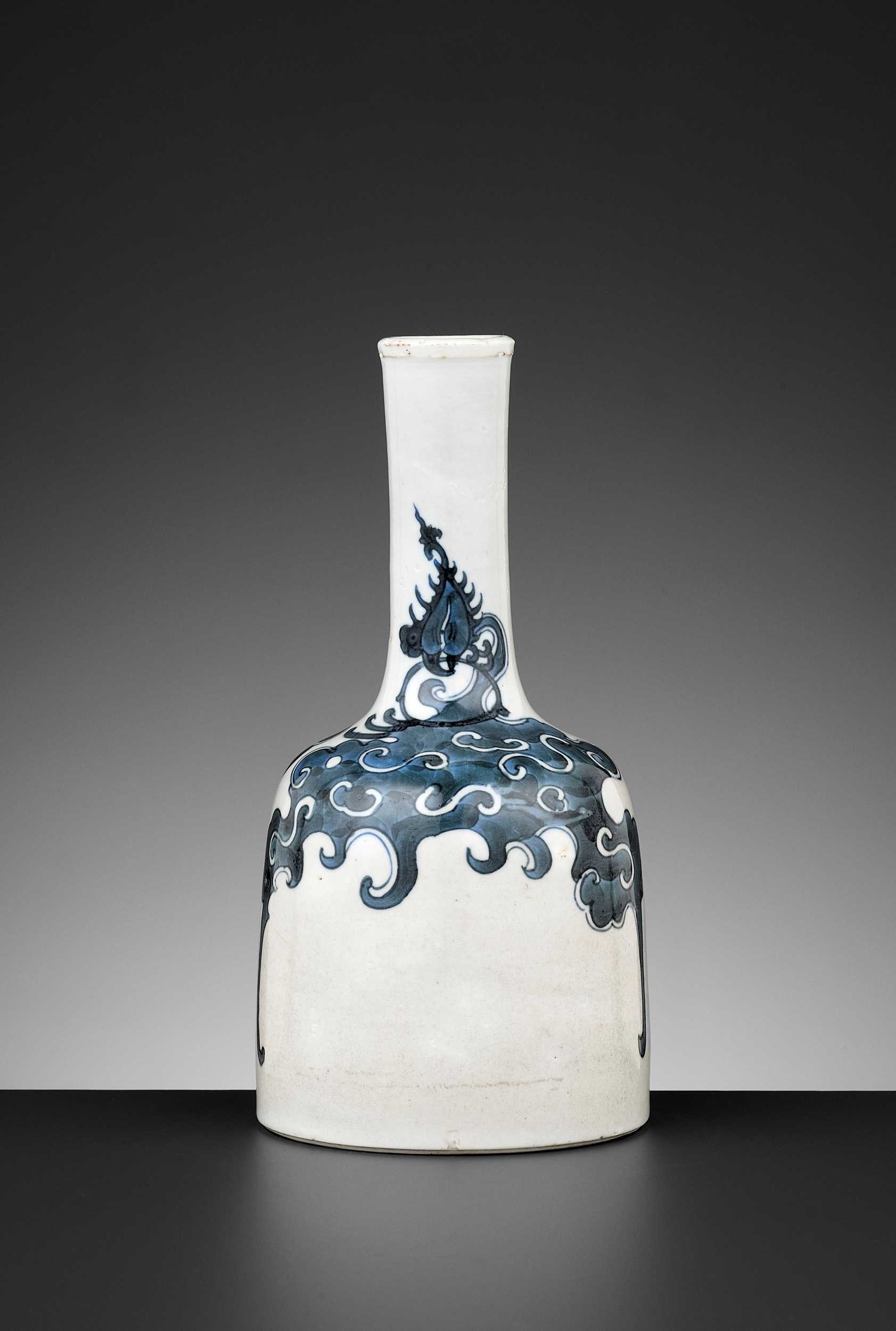
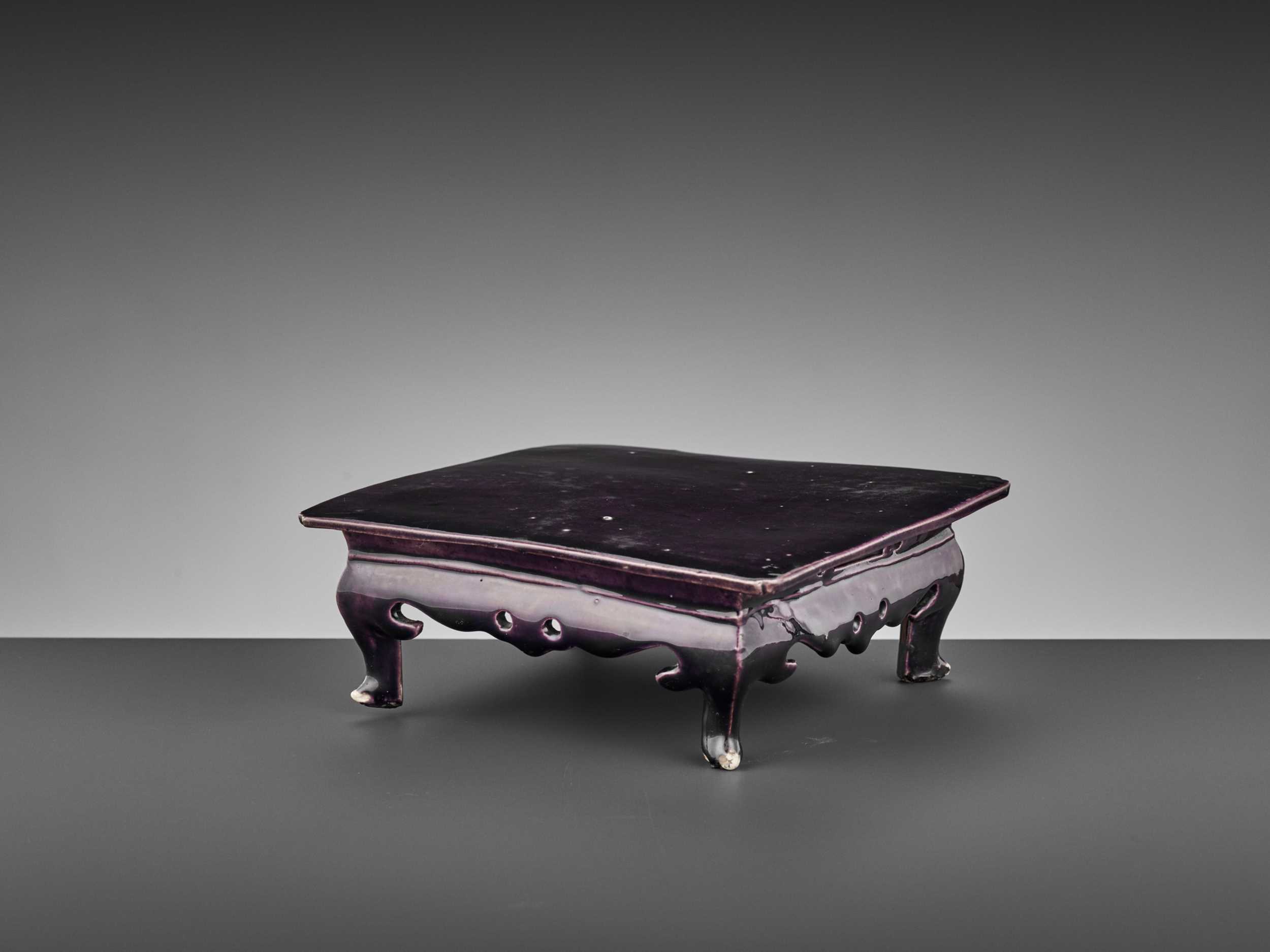
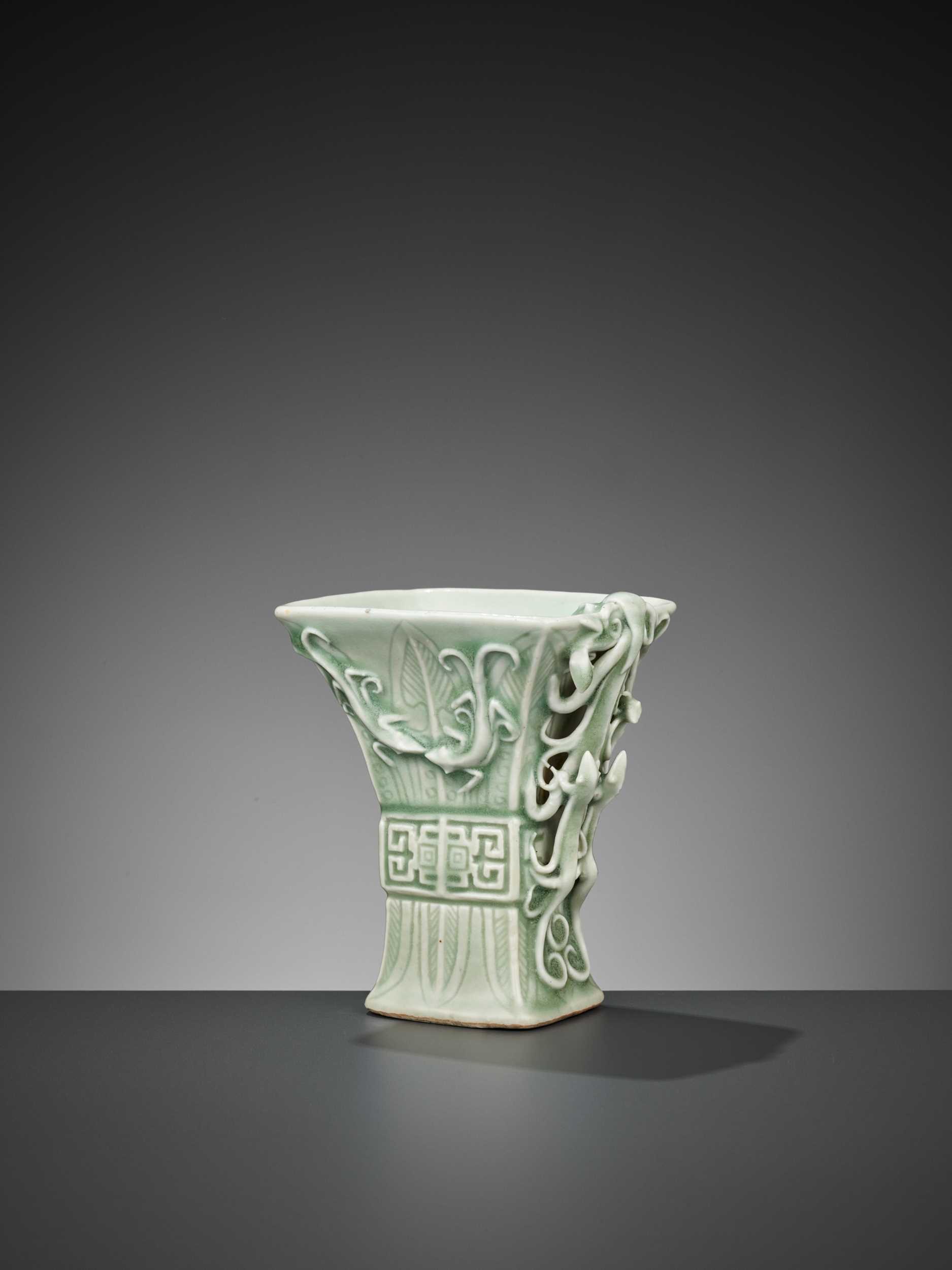
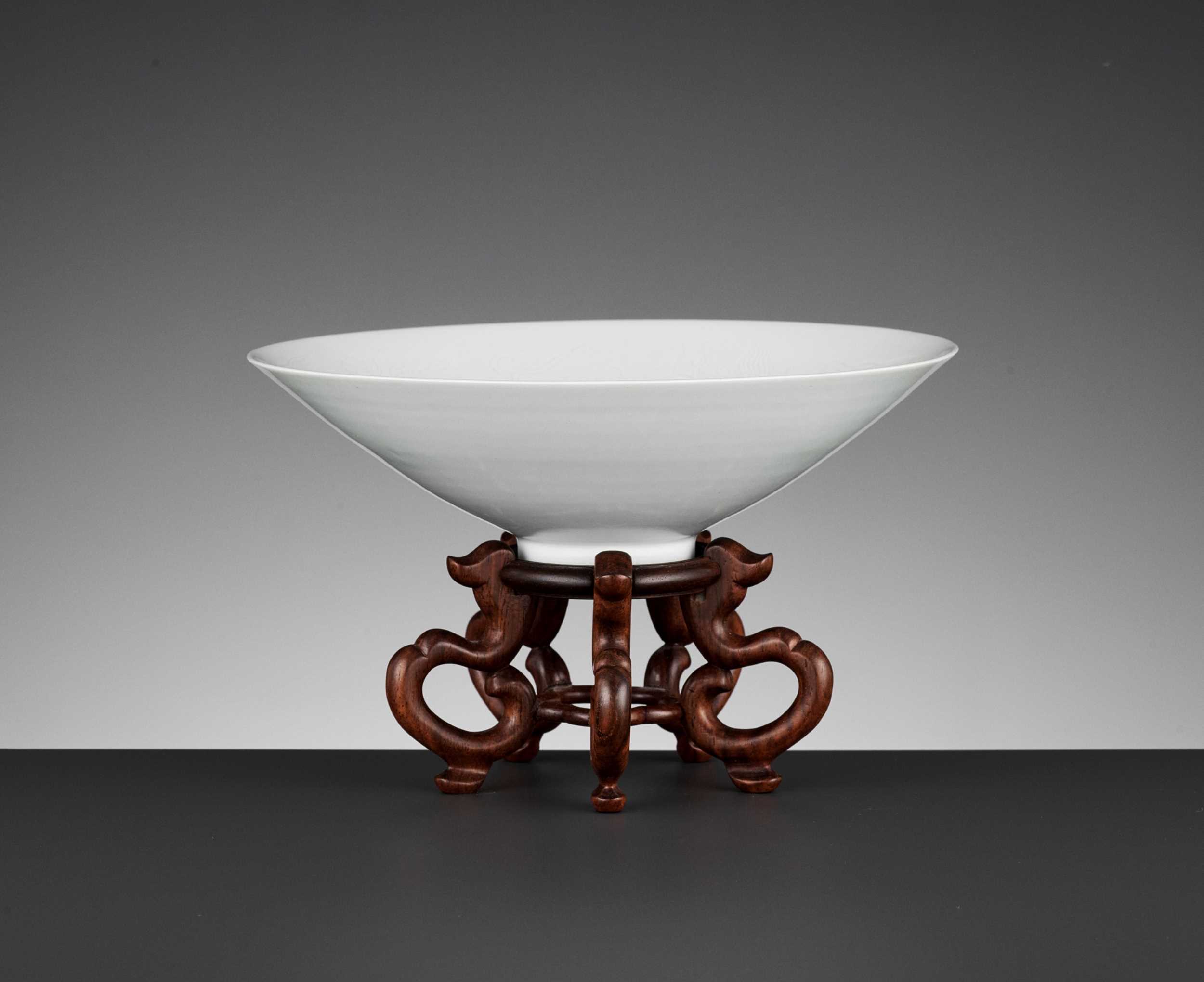
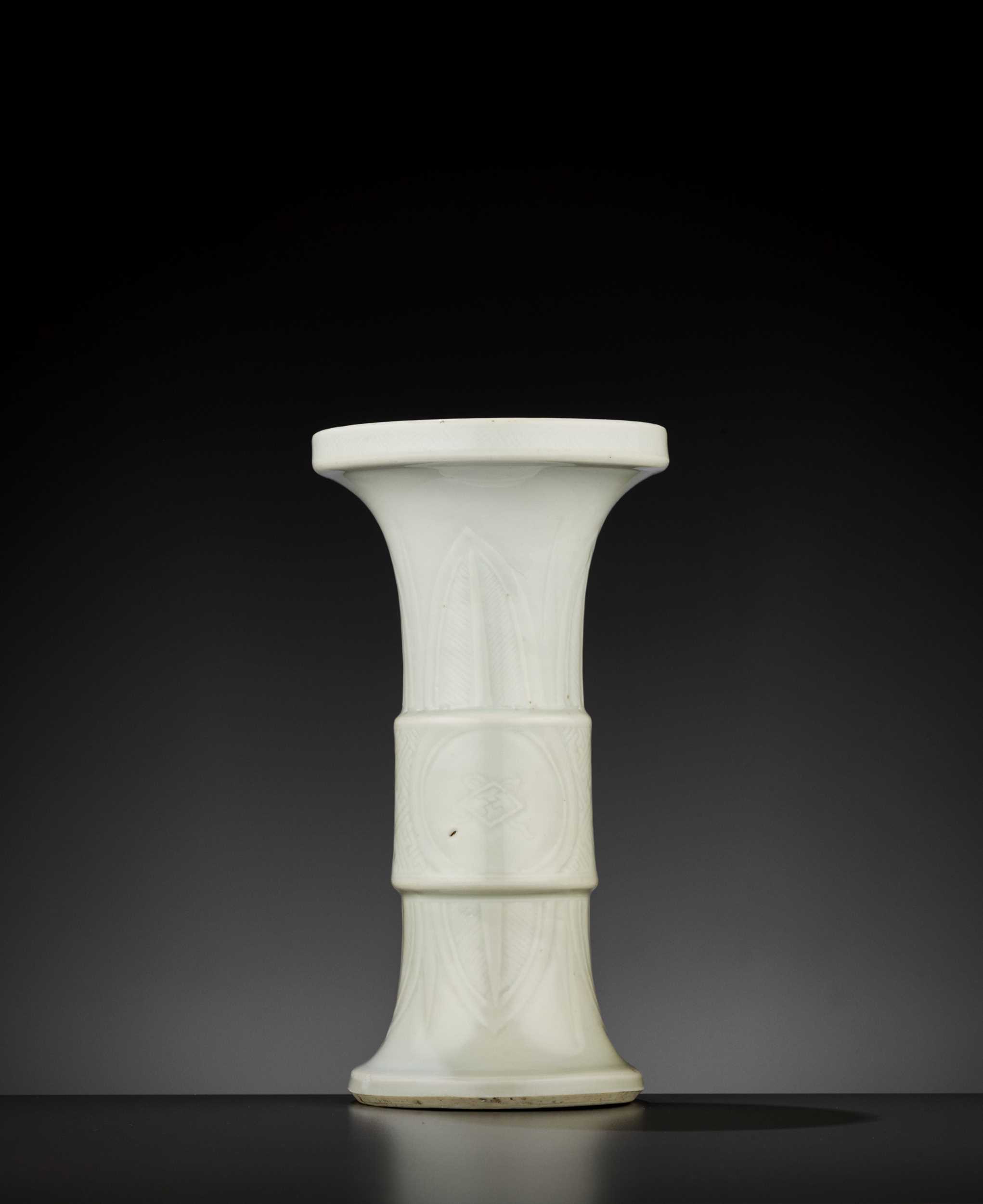
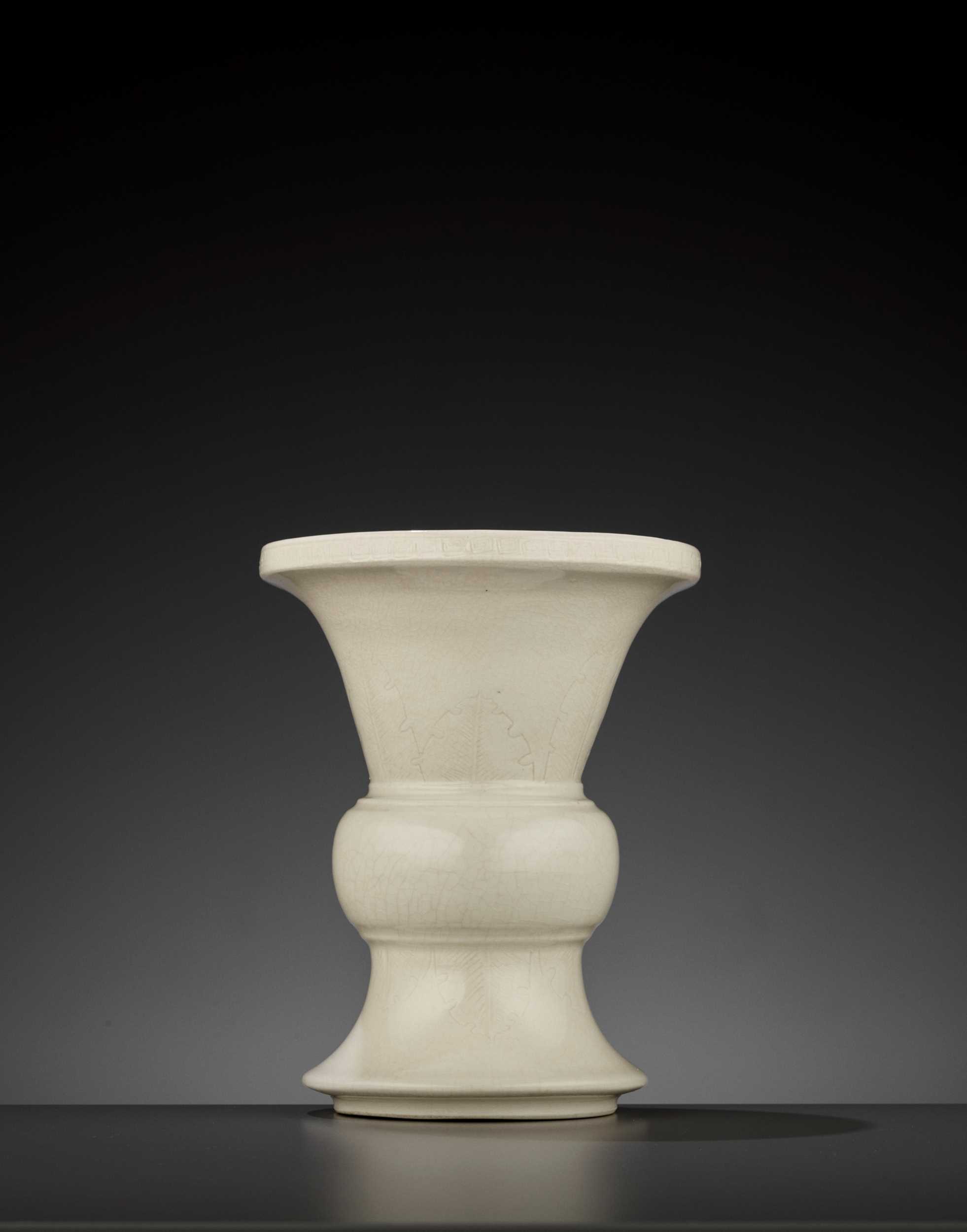
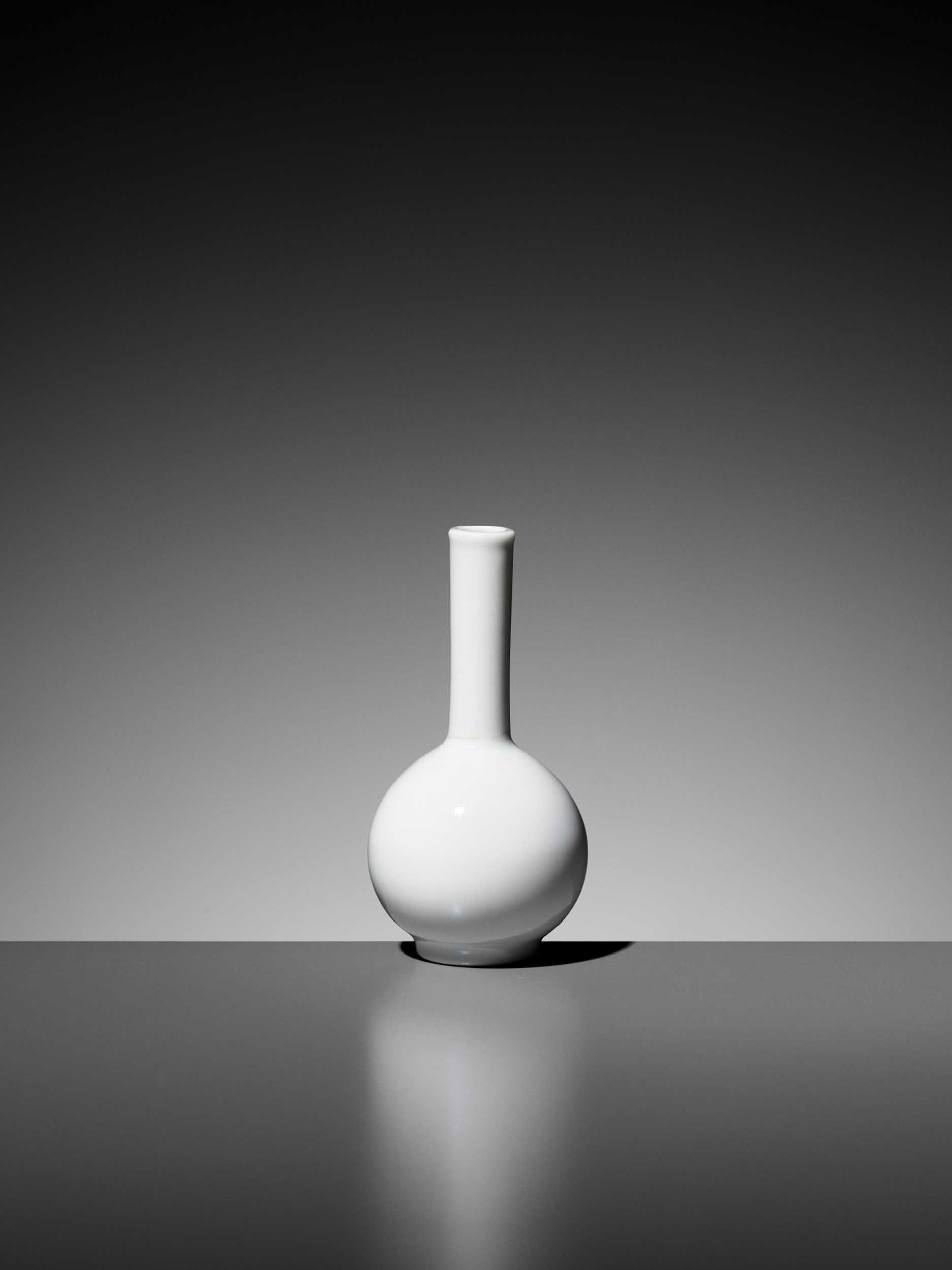
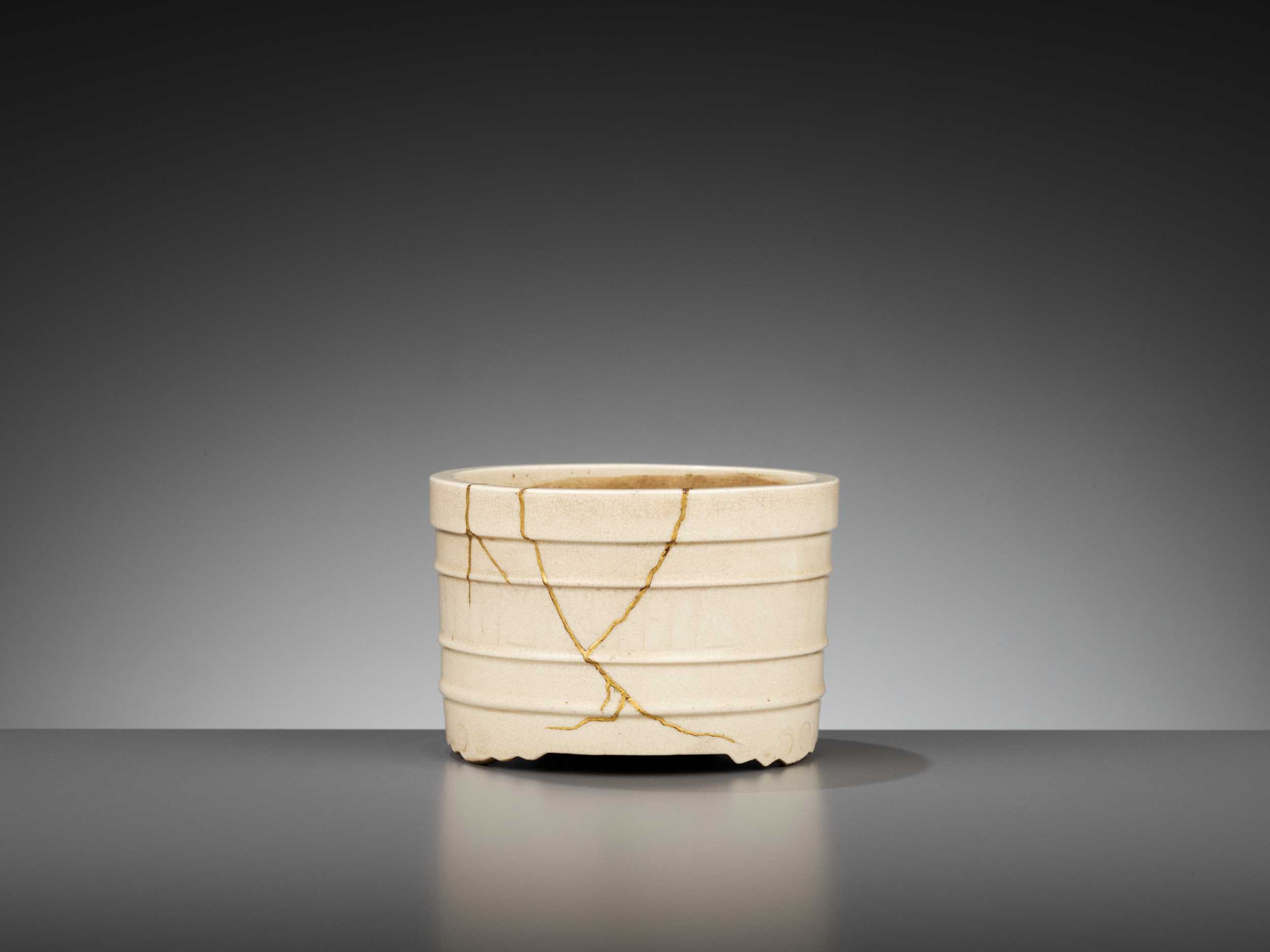
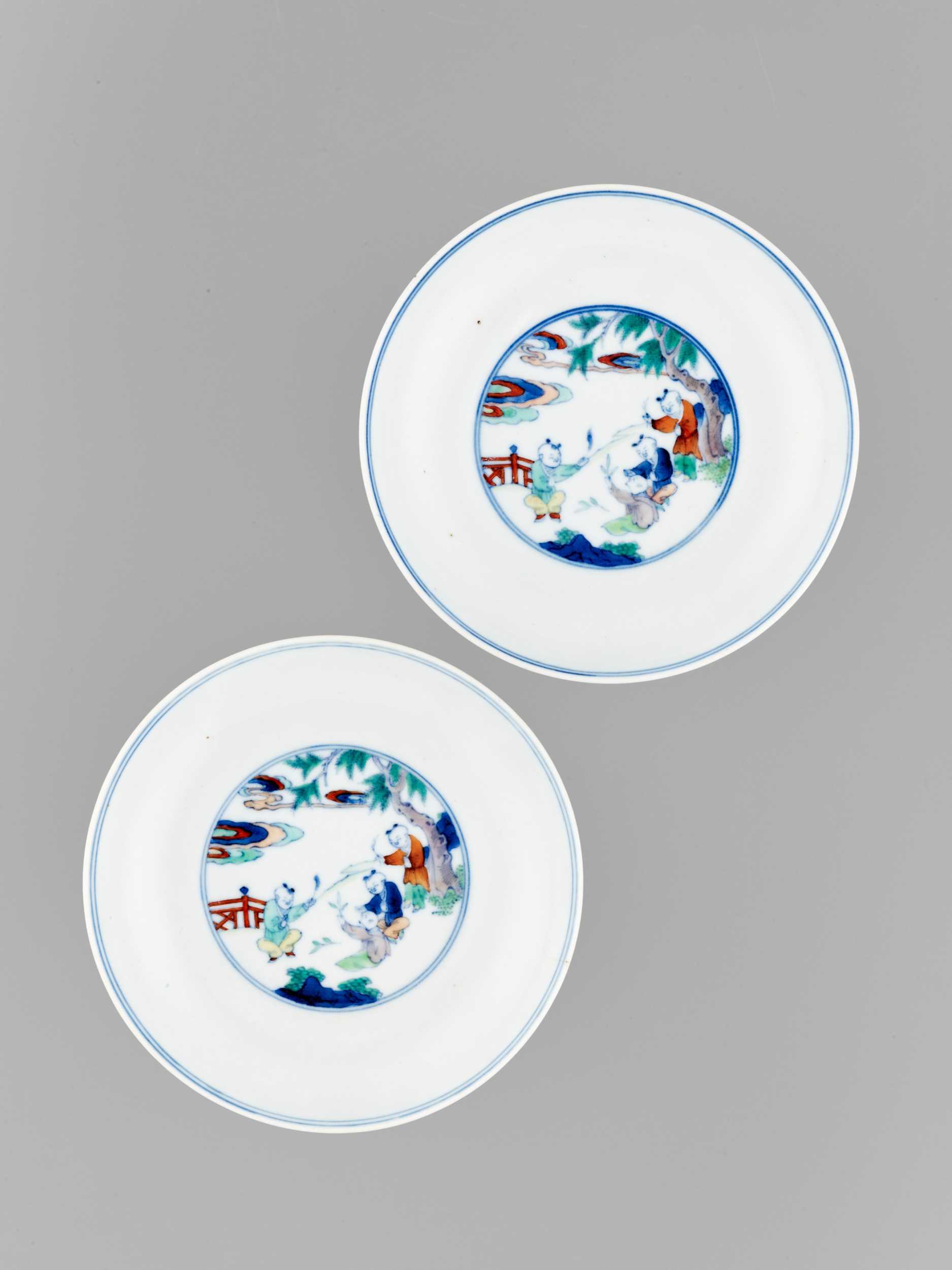
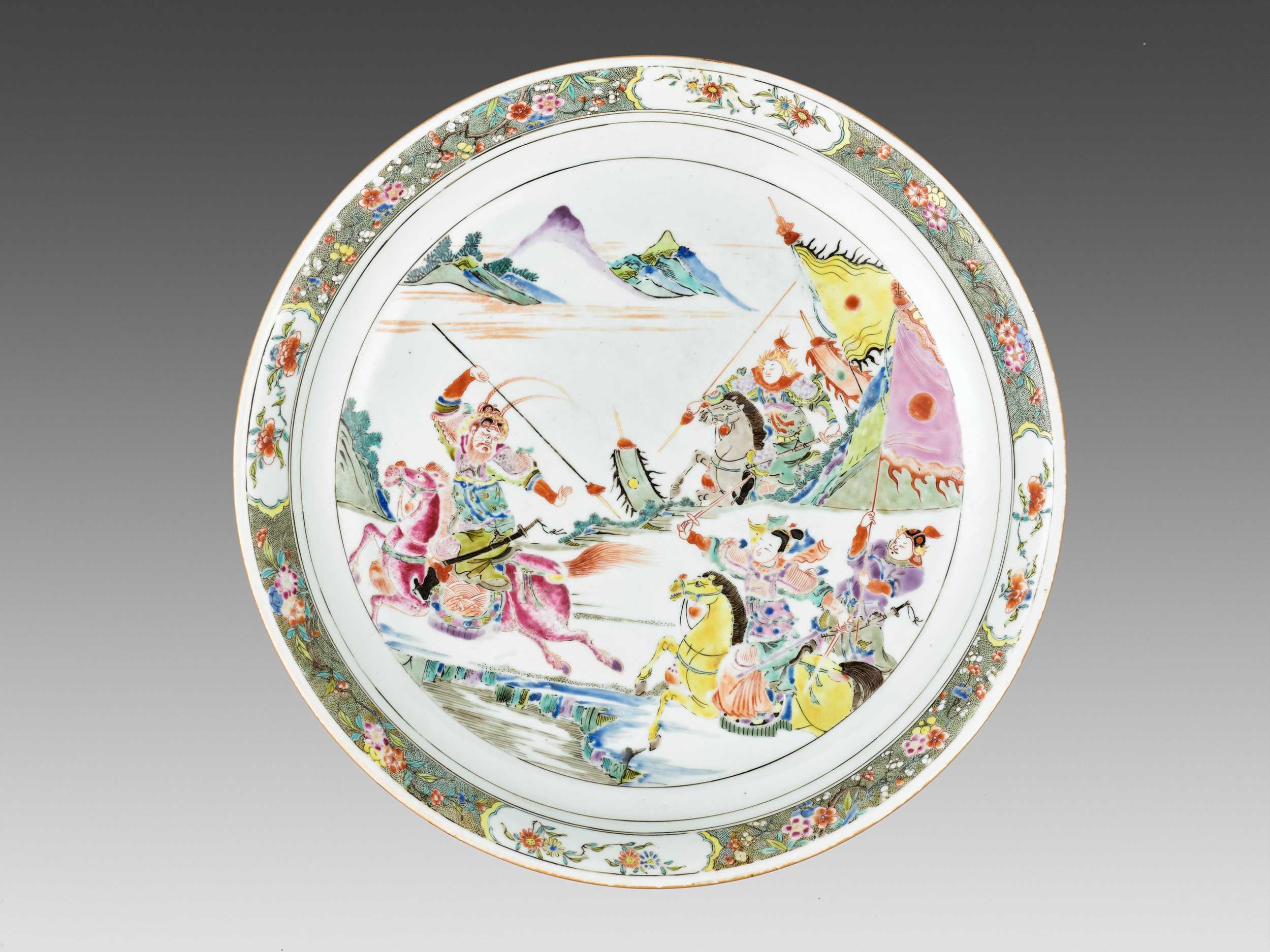
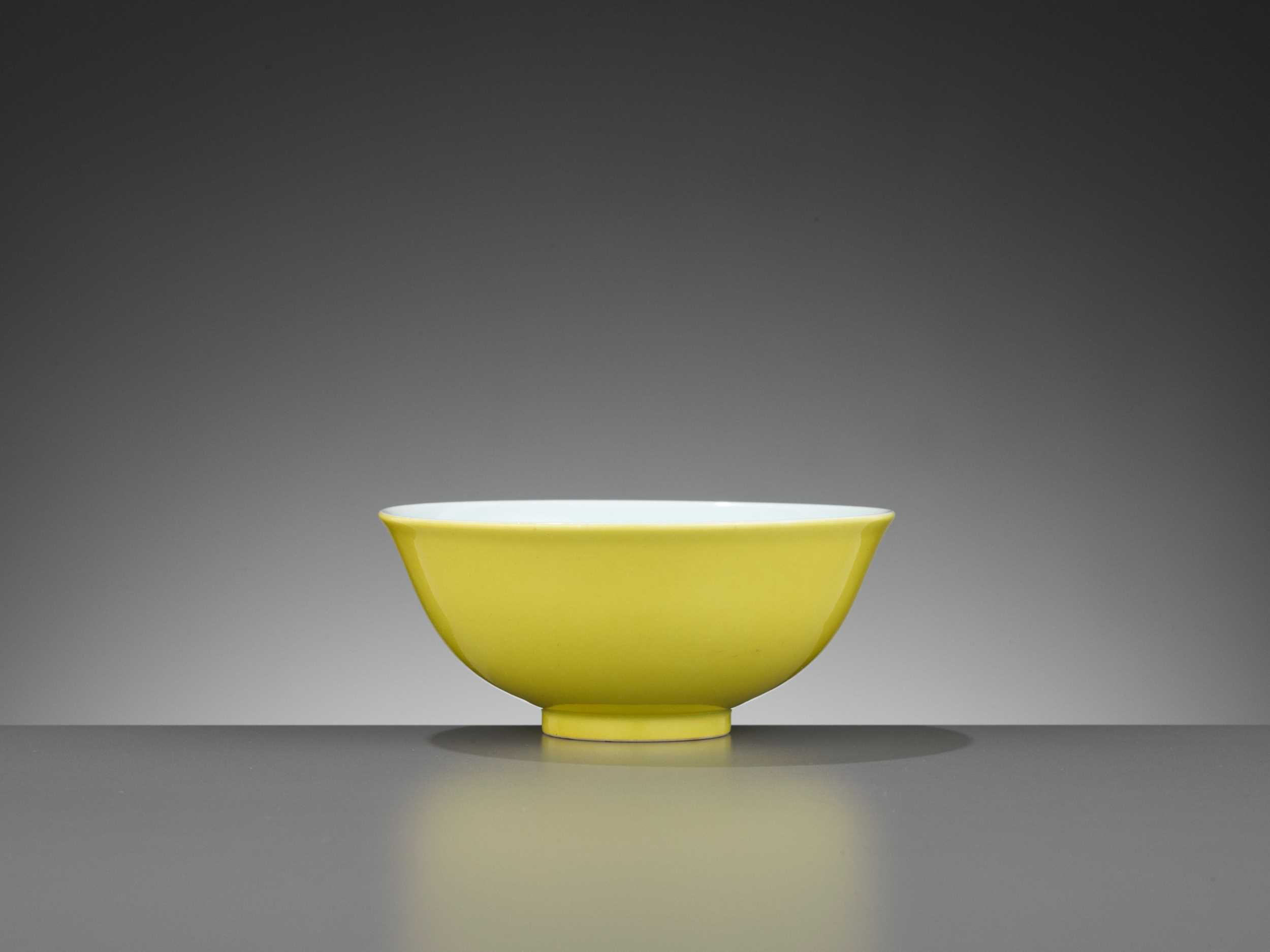
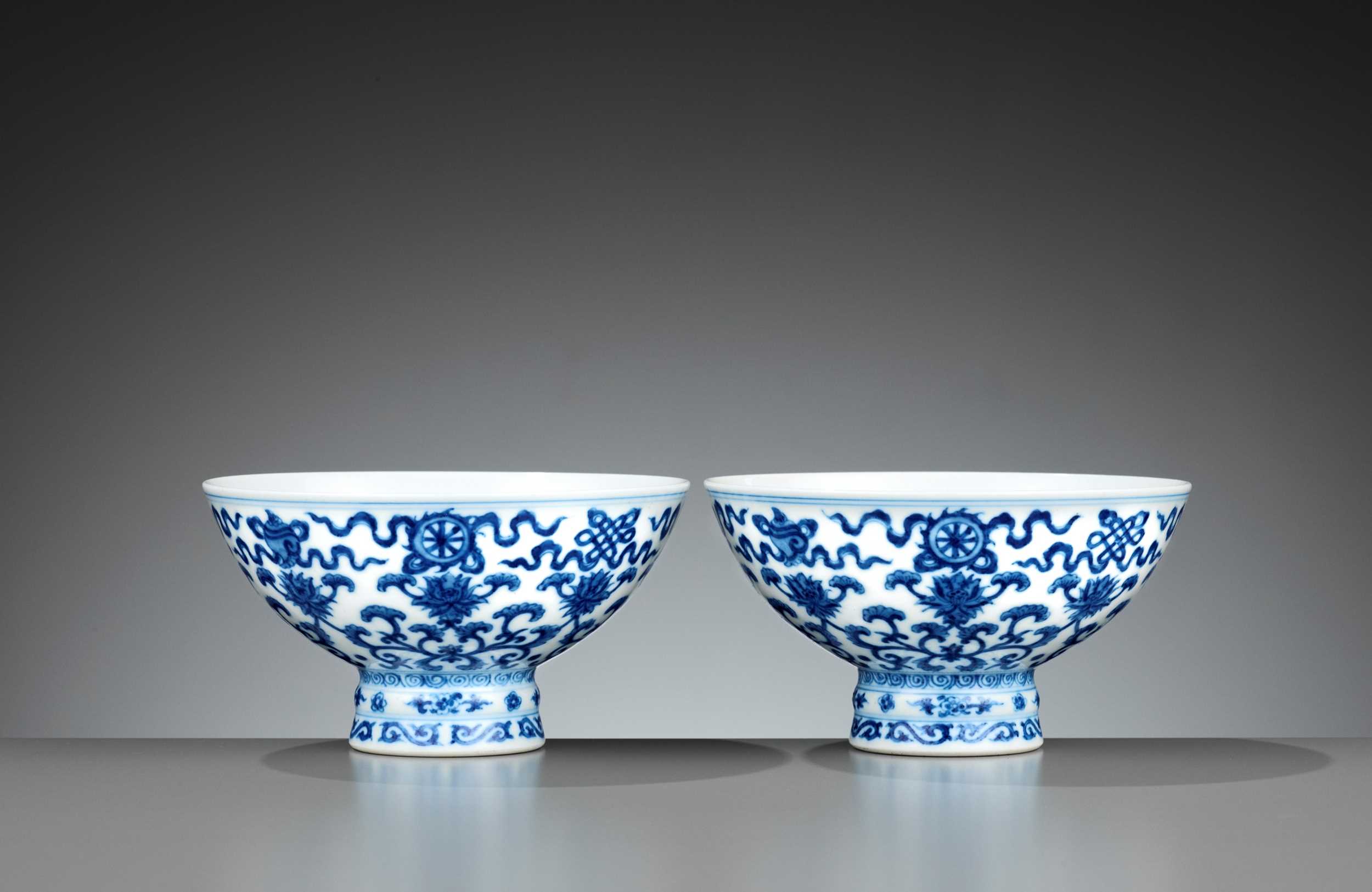
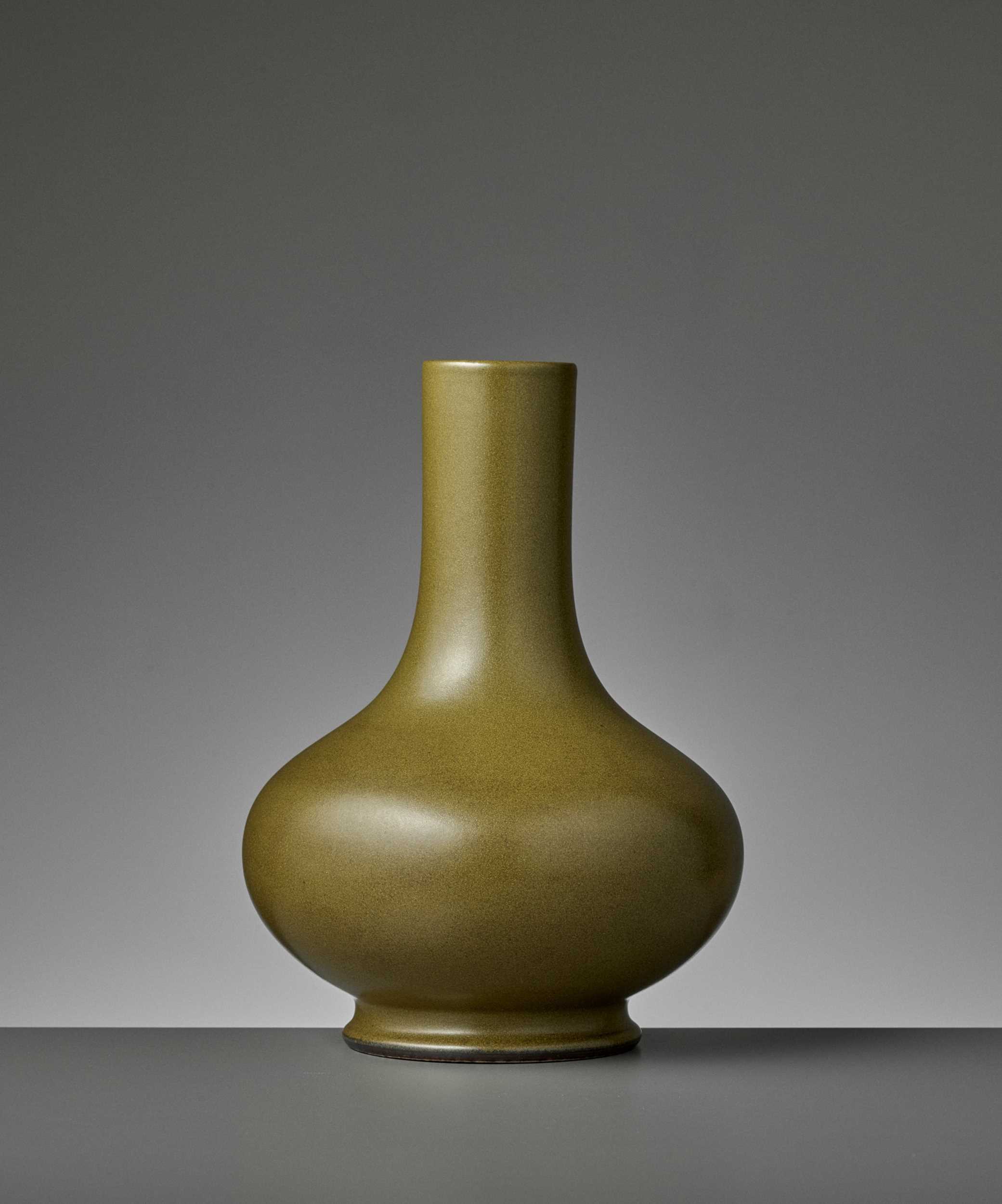
Try LotSearch and its premium features for 7 days - without any costs!
Be notified automatically about new items in upcoming auctions.
Create an alert